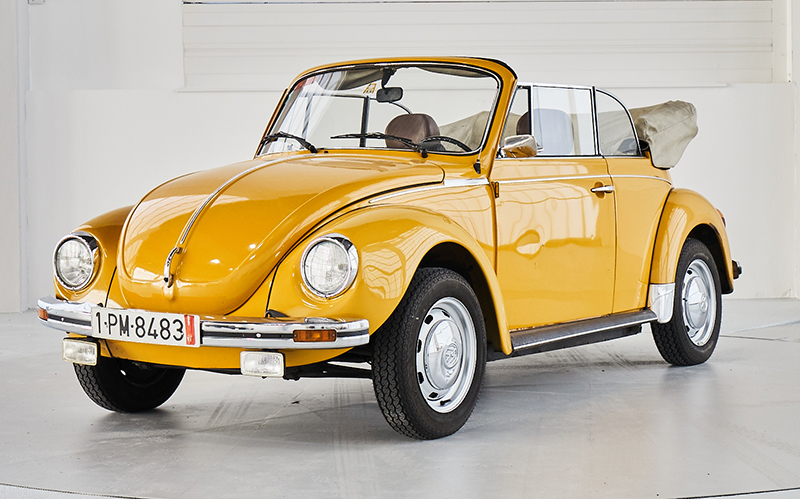
Legendary Austrian statesman and “Man of the People”, Bruno Kreisky drove a sunshine yellow VW Beetle 1303 Cabriolet as his private car in the 1970s. After a stint in the Technical Museum in Vienna, the Austrian Chancellor’s iconic drop-top is for sale at Dorotheum’s Classic Motor Vehicles auction in July.
by Wolfgang Humer
BRUNO KREISKY
Bruno Kreisky (1911–1990) is regarded as one of the most prominent and influential politicians to have emerged in post-war Austria. Imprisoned twice for resistance activities and years of forced exile in Sweden during the war, the Social Democrat returned home in 1951. Kreisky became a pivotal figure in the Austrian political landscape, serving first as Leader of the Opposition, then as Under Secretary and Foreign Minister before becoming Chancellor. His friends included Nobel Peace Prize winner, Willy Brandt, and the Swedish Prime Minister, Olof Palme. His 13-year Chancellorship – the period between 1970 to 1983 – is referred to as the “Kreisky era”. The unconventional politician also set standards as a mediator in the Middle East conflict. A Jew himself, he sought to negotiate a solution to the Israeli–Palestinian conflict. In 1980, Austria became the first Western nation to recognise Palestinian statehood.
The VW Beetle
Enter the other legend – the automobile which transformed mobility in the 20th century: the VW Beetle. Its story began in the dark days of the Third Reich. In response to the Nazi regime’s desire for an economical, low-priced “German people’s car”, Ferdinand Porsche designed the VW Beetle prototype in 1935. It went into production in 1938. By 1945 its image had changed, and the car started its victory lap around the world. The first VW Beetles arrived in the United States in 1949, nearly a decade after the New York Times newspaper had first sceptically dubbed the curve-backed car “a beetle” after viewing it in 1938. It was many decades later, in 2003, before the final batch of Beetles rolled off the production line, the Beetle’s popularity finally eclipsed by the VW Golf at the end of the century. The “Ultima Edición”, as it is called, would become an extremely sought-after collectors’ gem.
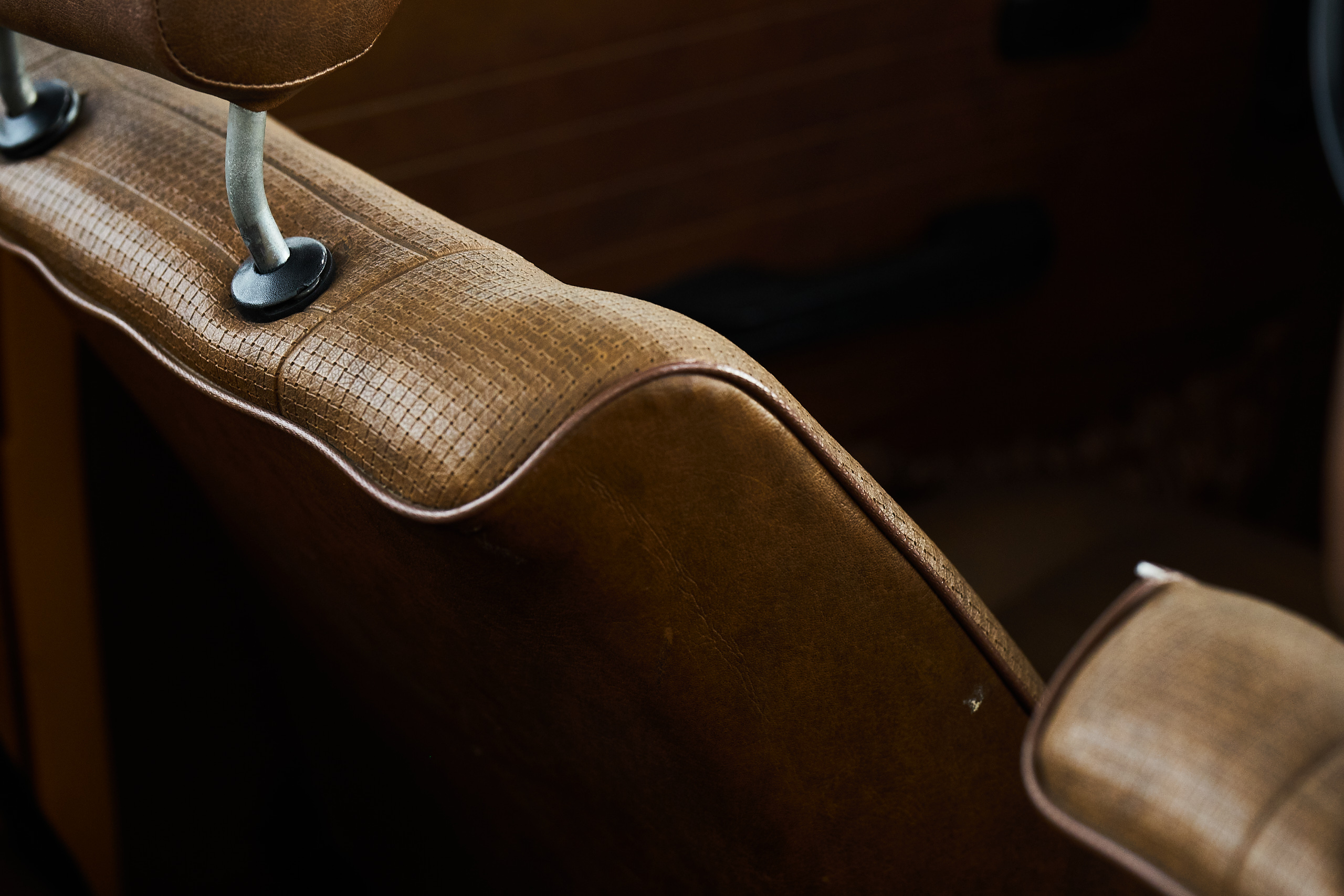

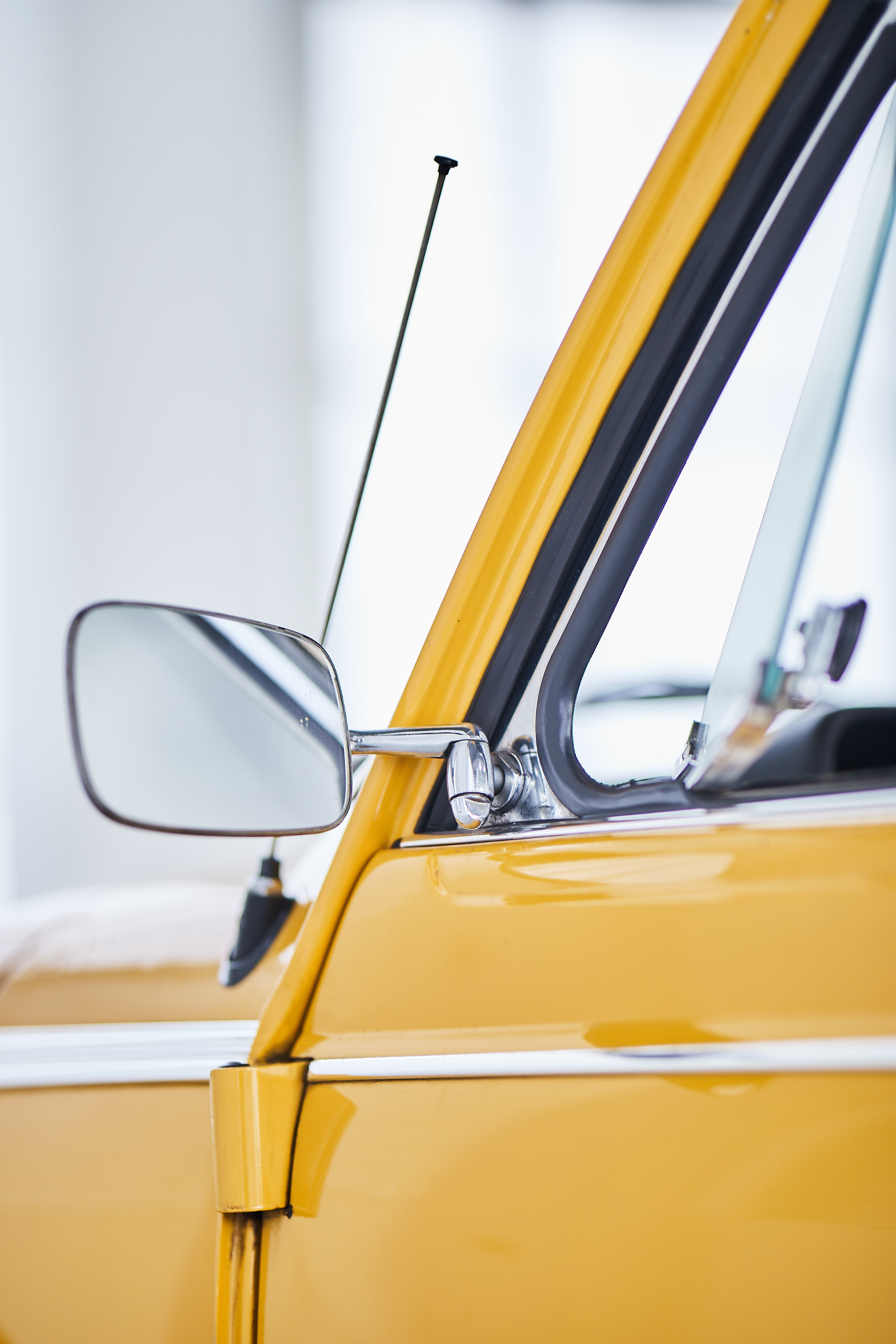
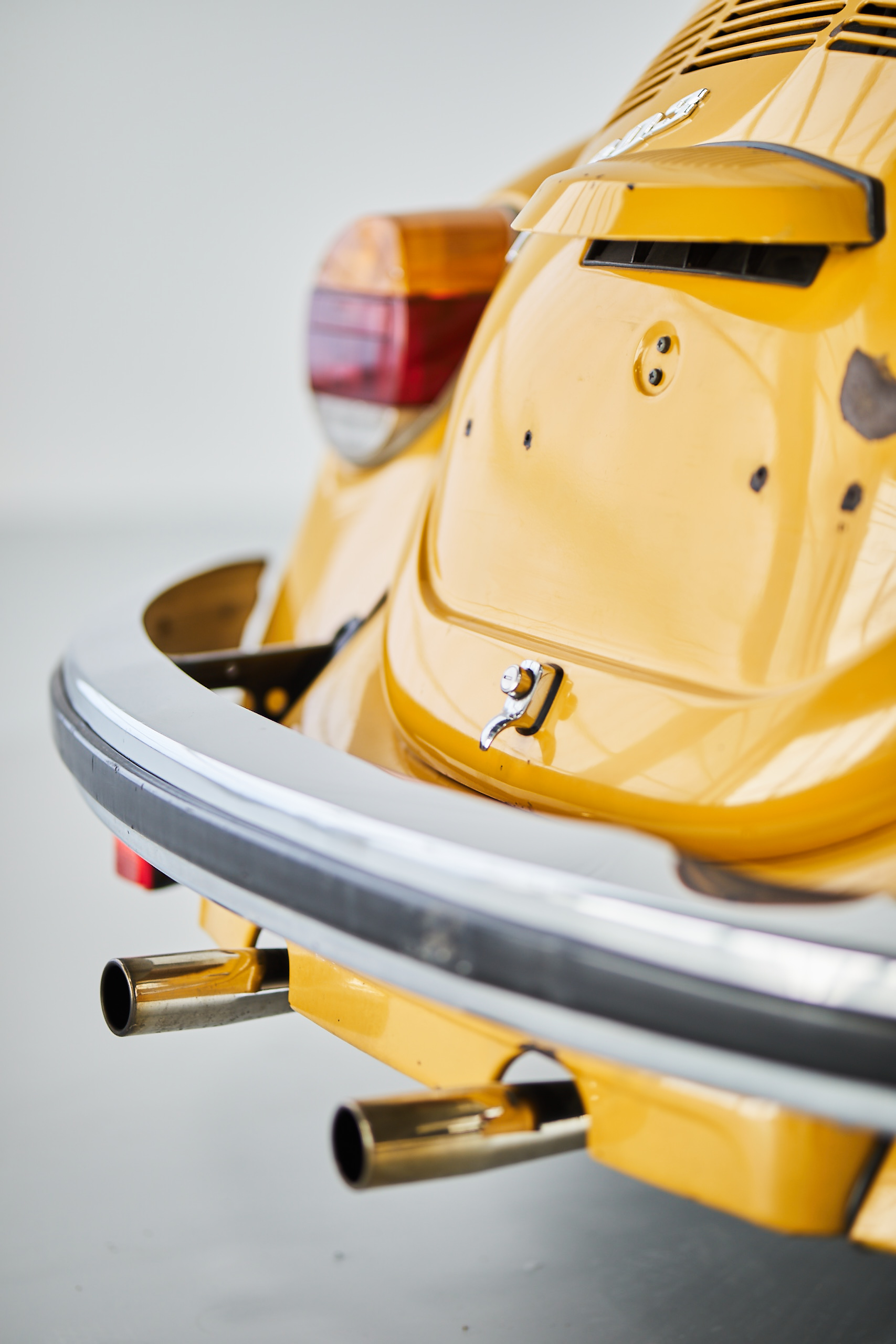
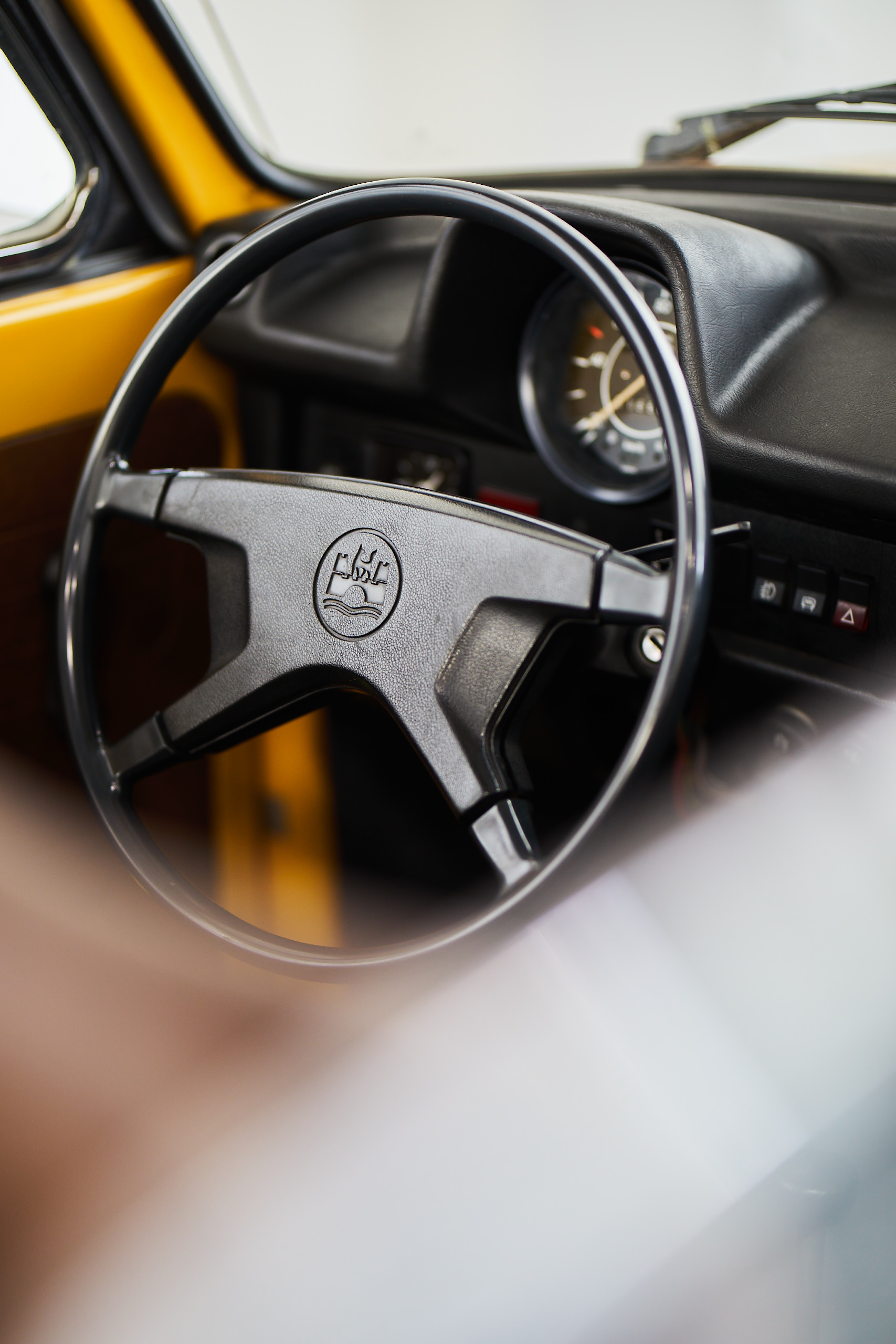
SUMMER, SUNSHINE, LEISURE
The sunshine yellow Beetle embodied summer and leisure – although Bruno Kreisky never went on holiday in the classic sense. His office manager, Margit Schmidt, would occasionally visit the Kreiskys at their Mallorca holiday home, her suitcase full of documents for the Chancellor to work on. Snapshots show her perched in the back seat of the car, Kreisky’s wife, Vera, in the passenger seat. The passionate driver, Kreisky, also drove his son Peter in the car. Later in life, when Kreisky became visually impaired and was considered to be at risk after having received death threats, his bodyguards and police detectives would take over the wheel.
Kreisky’s convertible has been on permanent loan for some time, on view in a place it belonged: in the Museum of Science and Technology in Vienna. The owner of the vehicle has decided to pass this beautifully preserved automobile, which is steeped in Austrian history, to the next enthusiast. The car will certainly find a place in the sun in any collection it becomes part of, whether it be owned by a private individual or by an institution.
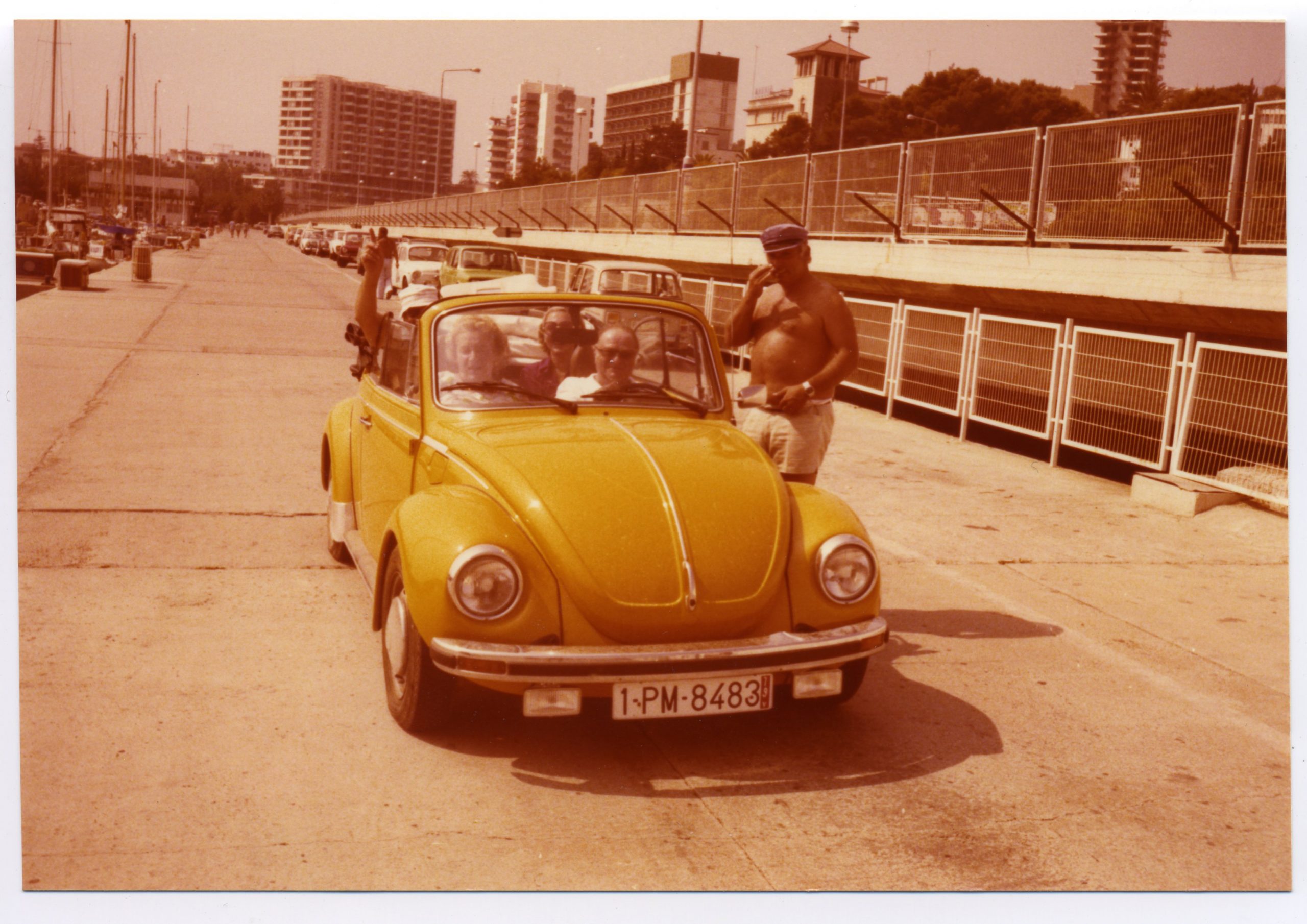
Kreiskys Cabrio war einige Zeit als Dauerleihgabe dort zu sehen, wo es auch hingehört: im Museum, genauer gesagt im Technischen Museum Wien. Nun hat sich der aktuelle Fahrzeugbesitzer entschlossen, das bestens erhaltene geschichtsträchtige Automobil an Enthusiasten, ob privat oder institutionell, weiterzugeben. Ein Platz an der Sonne in jeder Fahrzeugsammlung ist ihm gewiss!













